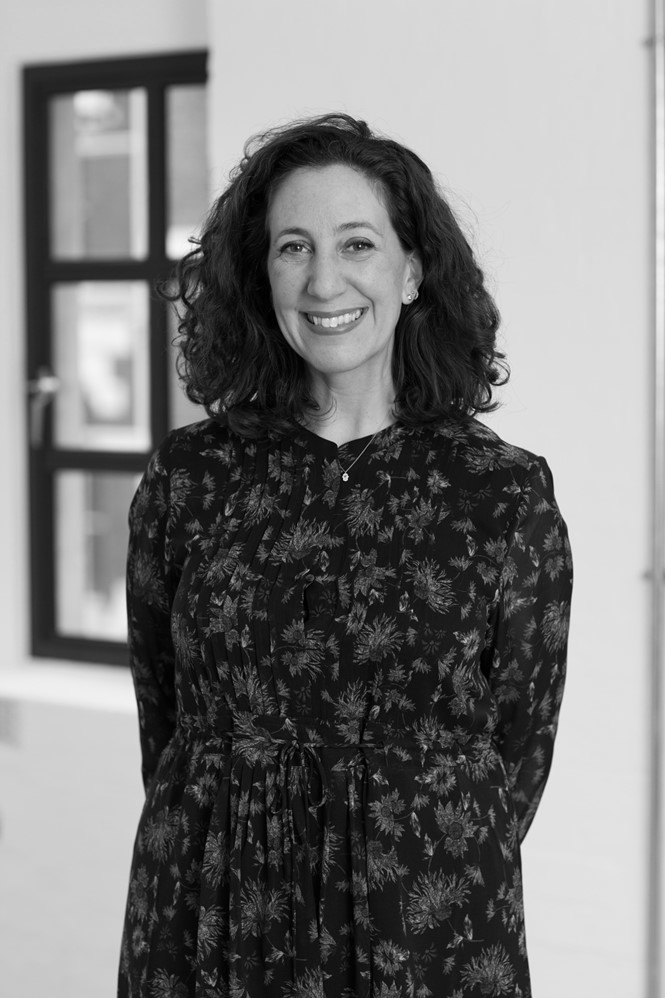Five minutes with Sara Jones

Sara Jones, partner and client services director at creative agency Free The Birds, speaks to Transform magazine about how beauty brands can bridge the gap between physical and digital retail, if Covid-19 signifies the end of physical retail and how brands can navigate an era of self-protection and still communicate the values of togetherness.
How can beauty brands bridge the gap between physical and digital retail, and optimise themselves for the DTC world?
When it comes to e-commerce offering, most beauty brands are still using the mindset of ‘on-shelf’ with cluttered packaging that misses an opportunity to deepen connections with consumers. Packaging for on-shelf beauty brands has to grab attention and achieve visual stand-out in the hyper-competitive beauty counters while communicating a large amount of information in a very small space.
However, DTC brands are not limited to using just the product packaging. You also have the outside of the box, the inside of the box, how it unpacks or unwraps, the card you get inside the packaging along with discount vouchers and samples, all of which can feed into the brand messaging. Retailers such as Cult Beauty and Ffern Fragrances do this exceptionally well by providing mini test versions of products, which ensures the unboxing experience is exciting and delightful.
It is about creating the initial visual impact online and extending it across to the whole unboxing moment and sense of ritual when it ends up in consumers’ homes. Adding a personal touch such as a hand-written ‘thank you’ note or providing engaging content such as tutorials or video demonstrations can go a long way when connecting with new clients.
Has Covid-19 brought an end to physical retail? How can brands that were not highly digitalized before survive?
Even though we saw an increase in online shopping caused by the Covid-19 pandemic, physical retail will always be popular as people see shopping as a socialising activity. After being closed within the four walls of our homes for more than a year, consumers are eager to feel some sense of normality and physical stores will benefit from this. You can’t beat the feeling of browsing the shelves and trying the products in real life, having a live conversation with a shop assistant and hearing more about the different product ranges.
However, that doesn’t mean brands should ignore the inevitable digitalisation across most industries. By creating an engaging online presence that elevates the brand’s positioning and delights consumers’ curious minds, you’re more likely to connect with them and foster positive associations. Social media gives brands a platform to speak to their customers in a uniquely direct way. Establishing a voice that’s unique to your brand and making this a consistent thread throughout all your social comms is the first step in ensuring you’ll stand out from your competitors.
Tone of voice and distinctive brand assets are crucial to distinguishing yourself in the sea of same-ness on Instagram, where the culture has been filtered. Social media was literally designed for creating connections, so always tell your story in a way that touches your audience. This will help you establish a meaningful connection and begin a relationship – which might be something as simple as a profile follow.
How can brands navigate an era of self-protection and still communicate the values of togetherness and shared experiences?
Covid-19 has created the conditions for a new type of human experience to emerge. One where physical and digital dimensions blend in a way that will transform our journeys with other people forever. As individuals as well as groups, we were all forced to dive into digital solutions to overcome our newfound life limitations during lockdown.
One of the ways that brands encouraged a sense of community and togetherness during the pandemic was through user-generated content. This content offers invaluable scope because it’s possible to furnish a growing suite of touchpoints with varying content, fast and cheaply. It’s also more impactful than influencer content as credibility and relatability are always going to be more compelling than ‘paid for’ content. For example, clothing brand Monki invites its customers to share pictures of them wearing the products, which is a brilliant way to show their diversity and inclusion positioning as the clothes are shown on a multitude of body shapes, and all customers share the same experience.
When it comes to bricks and mortar, brands need to utilise the retail space as more than just a store to sell products and make it ‘share worthy’ on social media. After the pandemic, people are looking for memorable experiences when they leave their houses, so creating an environment that they can enjoy and physically spend time with the brand will be a win-win situation. My favourite retail space pre-pandemic was the ATELIER BEAUTÉ CHANEL in Soho New York as it offered the ultimate gesture of generosity and intimacy. Being open to the public, the beauty workshop was an exciting retail concept. I was allowed to try every single product in the skincare and cosmetic portfolio to ensure I found the right product for my skin and needs. Of course, hygiene was a priority with one-use applicators and sanitisers, but the feeling of being welcomed and catered for added to my already existing positive associations with the brand.












